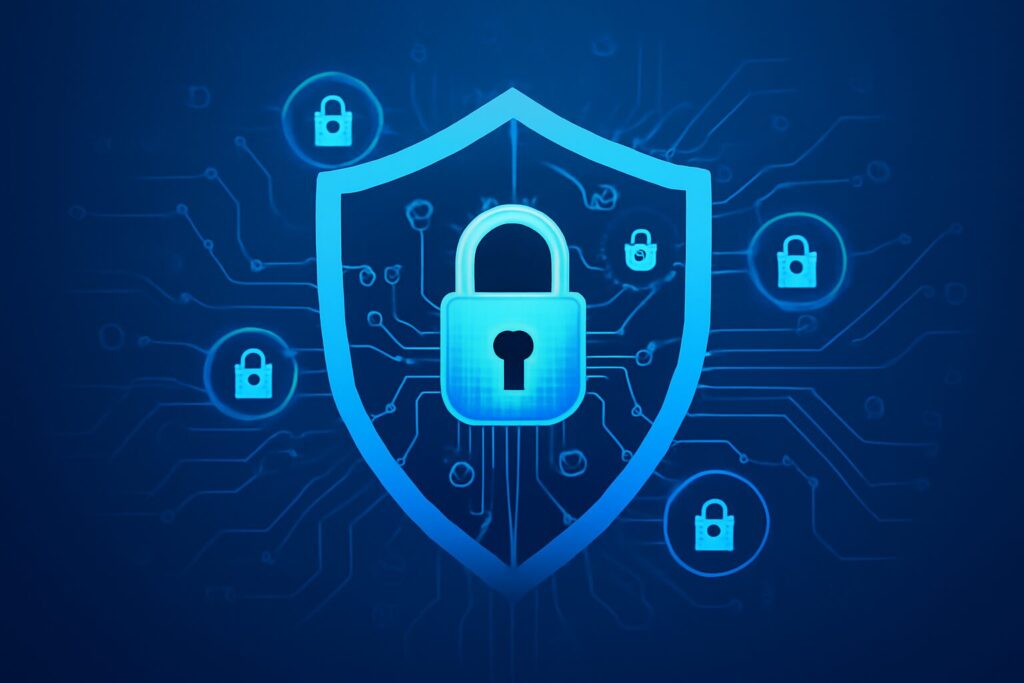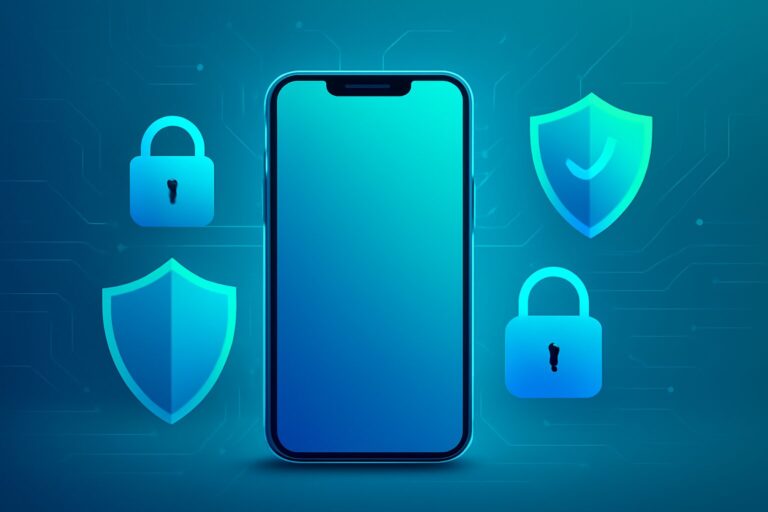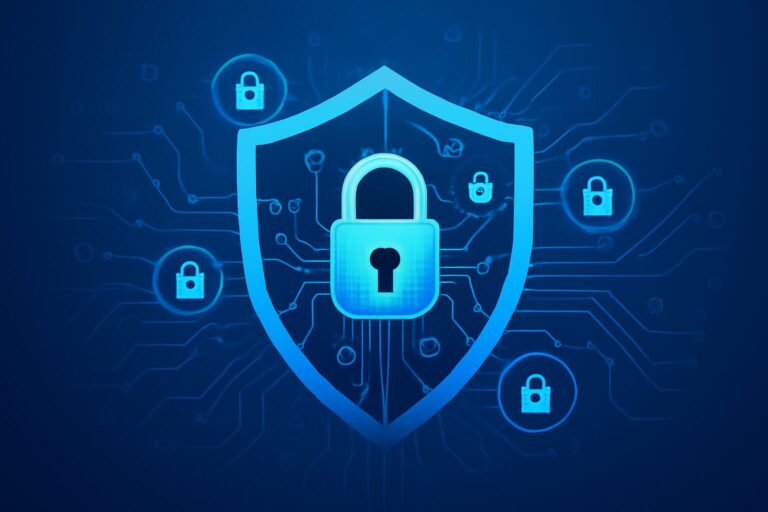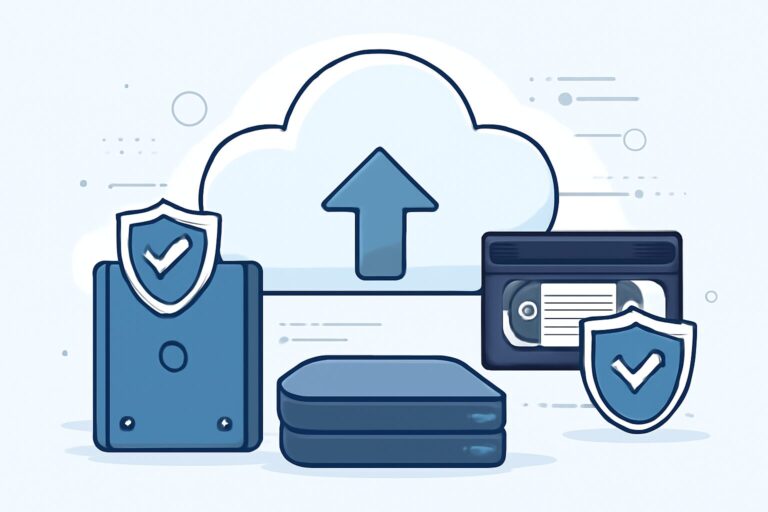**Introduction**
As cybersecurity threats grow increasingly complex, the “Confucius” threat group has emerged as a formidable APT actor, evolving from simple info stealers to advanced backdoor trojans capable of multi-stage attacks. This article delves into their latest attack techniques, real-world cases, and effective defense strategies to empower security professionals.
—
**Rising Trend of the “Confucius” Threat Group**
The “Confucius” threat group has intensified its global operations, primarily targeting government agencies, high-tech firms, and critical infrastructure. Initially known for info stealing—harvesting credentials, documents, and emails—they have evolved into deploying backdoor trojans for persistent system control.
Reports indicate a nearly 50% increase in their activity since 2022, combining advanced spear-phishing and malicious Office documents to implant long-undetected backdoors. Their blend of social engineering and sophisticated malware highlights their growing threat magnitude.
—
**APT Evolution: From Infostealers to Malicious Backdoors**
Confucius’s tactical evolution reflects broader APT trends. Early attacks used info stealers with short lifecycles and limited stealth. The adoption of modular backdoors with capabilities like remote control, file exfiltration, keylogging, and screenshot capture marks a significant upgrade.
The group exploits zero-day vulnerabilities, multi-stage payload loaders, and tools like PowerShell and WMI, employing “Living off the Land” techniques that complicate detection.
—
**Attack Chain and Core Backdoor Technologies**
Key phases in Confucius attacks include:
1. Initial infection via phishing, malicious attachments, or public exploits;
2. Privilege escalation through local exploits or credential theft;
3. Backdoor deployment establishing persistent remote access;
4. Lateral movement exploiting internal network services;
5. Data exfiltration or sabotage.
Their backdoors use layered encryption and modular design, obfuscating traffic via XOR, Base64, and HTTPS/SSL protocols to evade security tools.
—
**Recent Cases and Victim Profiles**
Targets often relate to geopolitically sensitive regions and industries, including government bodies, defense contractors, and finance. Notably, Confucius has leveraged supply chain vulnerabilities to infiltrate multinational corporations.
Victims commonly share traits such as inadequate patching, lack of zero-trust environments, and susceptibility to spear-phishing.
—
**Exploited Vulnerabilities and Security Risks**
Common exploits include:
– CVE-2023-21907 (Windows remote code execution);
– Office macro vulnerabilities;
– RDP brute force attacks.
Delayed patching and default configurations expose organizations to significant risk from these vectors.
—
**Defense and Incident Response Recommendations**
Effective defense requires:
– Prompt patch management;
– Multi-factor authentication (MFA);
– Staff phishing awareness training;
– Endpoint Detection and Response (EDR);
– Network segmentation and strict access controls;
– Regular security drills.
Rapid incident detection and containment are crucial once infection is suspected.
—
**Importance of Continuous Monitoring and Threat Intelligence Sharing**
Sustained vigilance and collaboration via threat intelligence platforms amplify defense capabilities. Providers like De-Line Technology (https://www.de-line.net) offer professional monitoring and threat intelligence solutions assisting enterprises against threats like Confucius.
—
**FAQ**
Q1: What is the “Confucius” threat group?
A1: An APT group that has evolved from info stealing to deploying advanced backdoors.
Q2: What are their attack characteristics?
A2: Combining phishing, exploits, and legitimate system tools with encryption to evade detection.
Q3: How to detect backdoor infections?
A3: Monitor for unusual network traffic, processes, privilege escalations via EDR.
Q4: Common attack vectors?
A4: Phishing, zero-day exploits, RDP brute force, supply chain attacks.
Q5: Key defense actions?
A5: Patch management, MFA, user training, endpoint behavior monitoring.
Q6: Should organizations join threat intelligence sharing?
A6: Highly recommended for rapid threat awareness and coordinated defense.
—
Protect your organization today against the advancing “Confucius” threat with expert solutions from De-Line Technology. Secure your digital assets with professional services and robust defenses.
************
The above content is provided by our AI automation poster



